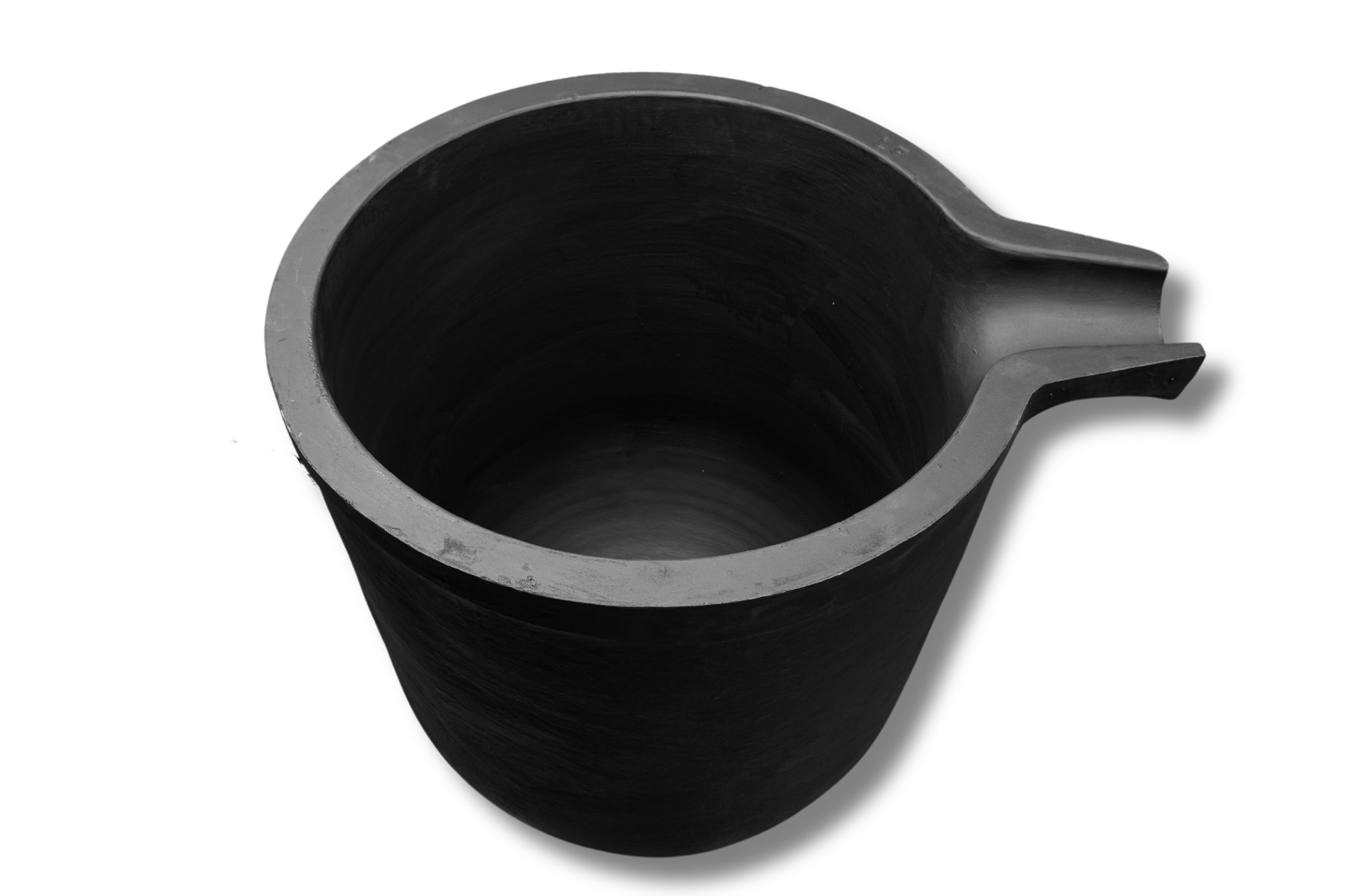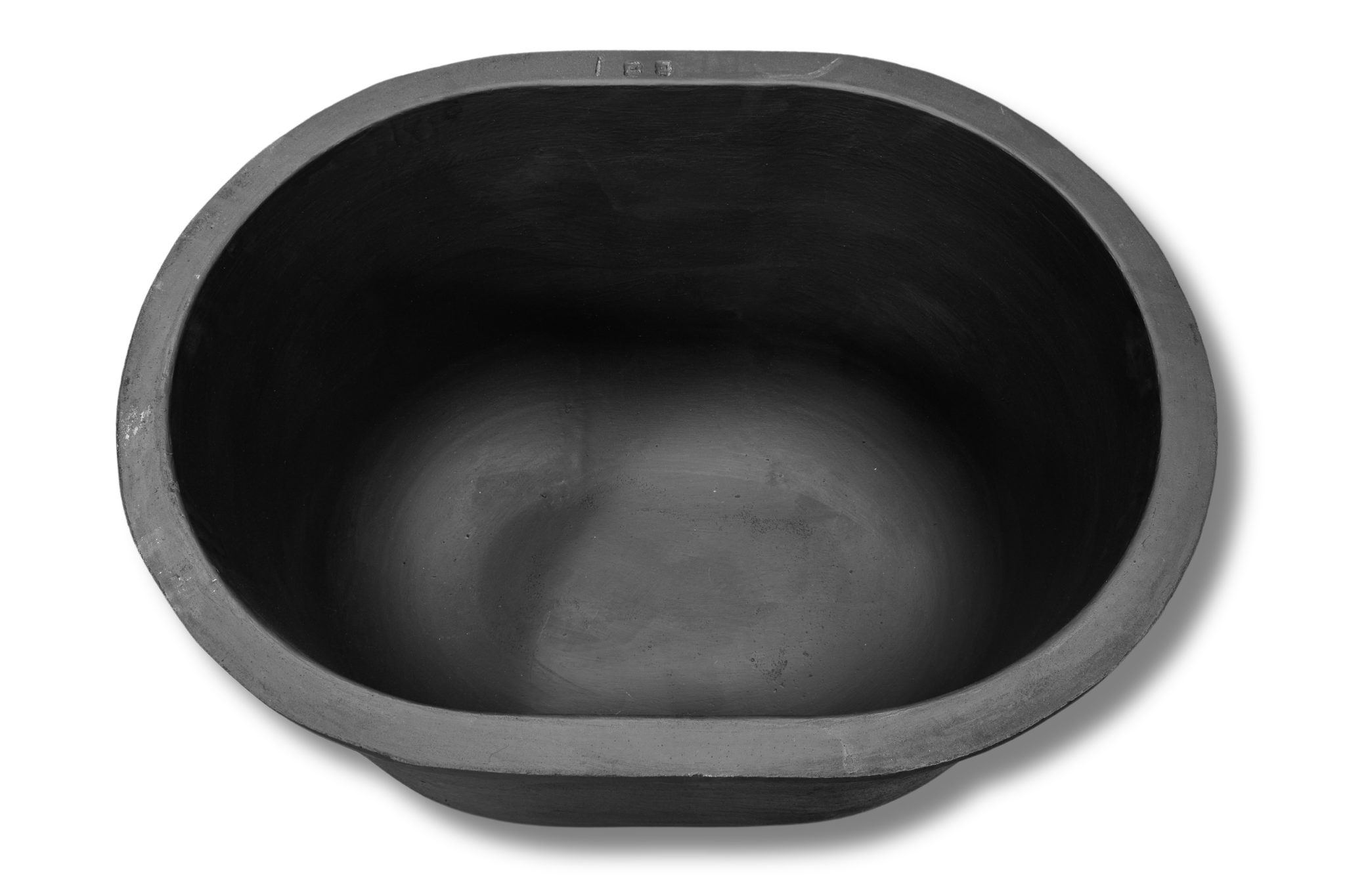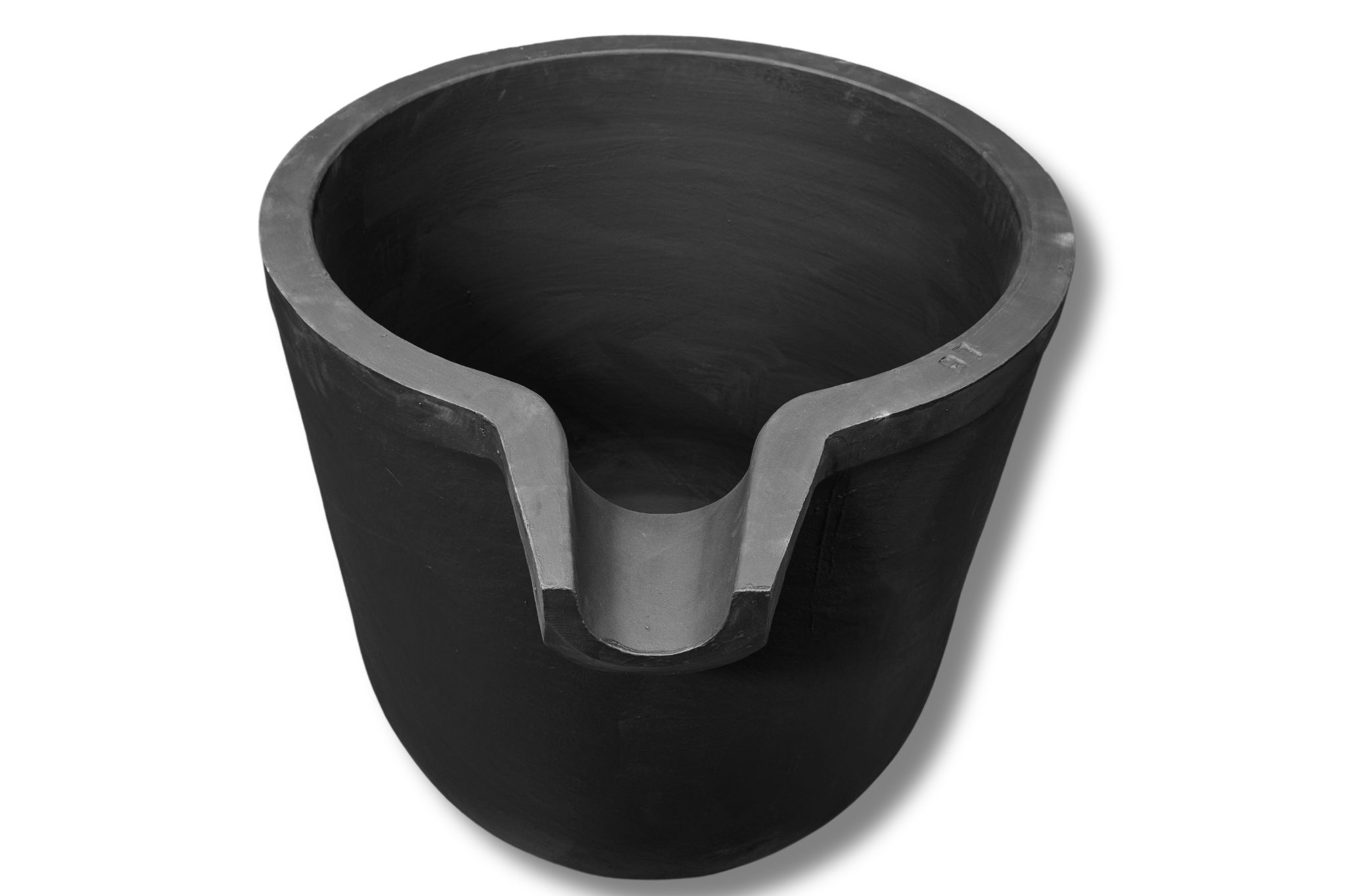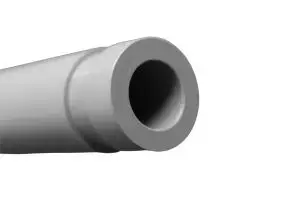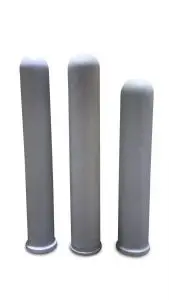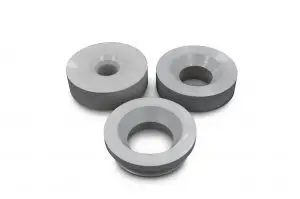Description
Our crucibles have an optimized microstructure to avoid water retention and maximize heat transmission.
The material composition's refractory threshold guarantees reliable performance in lengthy melting cycles. Furthermore, we make our crucibles iron-free to avoid contaminating molten aluminum and alloy quality deterioration. We also utilize isostatic pressing techniques to increase mechanical strength and structural consistency for better service life than traditional methods.
We use a crack-resistant formulation for resistance furnaces' mechanical and thermal loads. In operations with repeated heating and cooling cycles, it disables stress fractures from unequal thermal expansion. Our crucibles can tolerate 100°C thermal gradients per hour for industrial-scale endurance.
Oxidation resistance cuts surface deterioration for high thermal conductivity. We also recommend slow heating to 200°C over one hour and a controlled ramp-up to 600°C over four hours to reach the operating temperature. It lessens thermal stress and boosts crucible performance.
Such measures are followed since poor preheating might lower crucible life by 40%. For long-term efficiency, we remove carbon and slag to avoid thermal insulation accumulation, which decreases melting efficiency and increases energy consumption.
Crack Resistance under Prolonged Heating
We design our crucibles with little porosity to lower moisture absorption and thermal expansion stress. Microcracks that occur in ordinary crucibles over multiple heating cycles are prohibited. Our material composition guarantees structural steadiness even under high thermal gradients, which is important in resistance furnaces with changing operating temperatures. Moreover, our isostatic pressing method improves density homogeneity with lower thermal stress-prone weak spots. Even in constant multi-shift industrial activities, fractures are decreased.
Long Service Life with Durable Materials
We employ a high-purity silicon carbide-graphite composite for better oxidation resistance than clay-graphite. It avoids surface deterioration that lowers heat transfer efficiency over time. Our crucibles retain over 90% of thermal conductivity after six months of constant usage. On the other hand, traditional alternatives lose 30-40%. We also avoid contamination in aluminum melting with our iron-free material for alloy life and operating durability. Each 30-45 days, carbon and slag removal inhibits thermal insulation accumulation for endurance.
Melting Temperature Range: 620 - 920°C
Our crucibles are developed for aluminum and zinc alloy melting at 620-920°C for high heat transmission and low wear. Meanwhile, we advocate a tight ramp-up plan to circumvent thermal shock failure. Controlled heating lowers internal stress for long-term function. Our materials also retain structural uprightness after recurrent exposure to molten aluminum and fluxes for dependable operation in resistance furnaces with wide-ranging heat loads.
XICRU™ Isostatic pressed SiC/Carbon crucible |
|||||
| Property | Value/Range | Percentage | Notes | ||
| Carbon Content (C) | 39-42 | % | Percentage of carbon in the crucible material | ||
| Silicon Carbide Content (SiC) | 26-30 | % | Percentage of silicon carbide in the material | ||
| Silicon Dioxide Content (SiO2) | 19-25 | % | Percentage of silicon dioxide in the material | ||
| Aluminum Oxide Content (Al203) | 7-10 | % | Percentage of aluminum oxide in the material | ||
| Refractoriness | <1400 | ℃ | Maximum temperature the crucible can withstand | ||
| Apparent Porosity | <14.0 | % | Porosity, indicating permeability | ||
| Modulus of Rupture | >7.2 | MPa | Measures the strength before breaking | ||
| Bulk Density | >2.22 | g/cm³ | Density of the crucible material | ||
Use a regulated heating cycle to avoid thermal stress and preserve crucible life.
First, we gently heat the empty crucible to 200°C for an hour to remove moisture and avert internal stress fractures. We then raise the temperature by 100°C each hour to 600°C and hold for one hour to guarantee even heat dispersion.
We then quickly heat it to 620-920°C, depending on the alloy, to melt it. We soak for 1-2 hours to stabilize thermal conditions before adding metal. Slag accumulation lowers heat transfer efficiency and promotes material deterioration, so we always remove it while the crucible is hot.
In long-term operations, we remove carbon and ash to restore thermal conductivity and lower localized overheating using an electric wire brush.

